Diego Rivera: 7 Facts to Know
Influenced by Cubist and Renaissance frescos, through his complex murals Diego Rivera was a key figure in the regeneration of modern Mexican art.
Diego Rivera (1886-1957) transformed Mexican art through his use of painted murals, which conveyed his revolutionary political views and championed Mexico in the wake of the Mexican Revolution. Together with his wife Frida Kahlo, Rivera brought Mexican art to international recognition in the 20th century and his large-scale murals are a seminal part of the cultural scene in his adopted hometown of Mexico City. Here are seven facts about the innovative artist:
1. He was a friend of Amedeo Modigliani, who painted his portrait
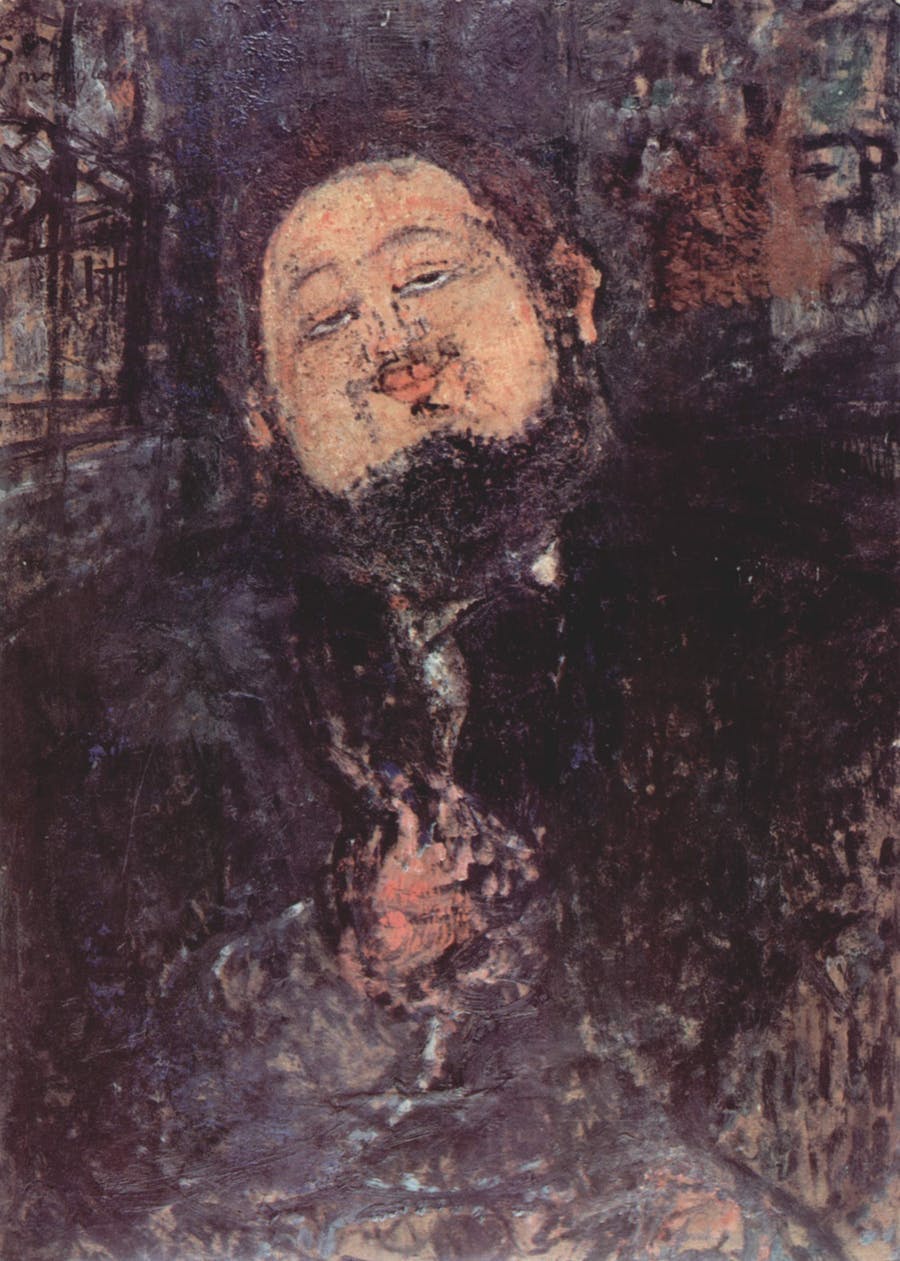
Born in 1886 in Guanajuato, Diego María de la Concepción Juan Nepomuceno Estanislao de la Rivera y Barrientos Acosta y Rodríguez approached art at a very young age. Thanks to a scholarship, he left for Europe in 1907 to discover Spanish, French and Italian art. He frequented the Parisian artistic circles, where he came into contact with artists laying the foundations of European modern art, by way of Cubism, Fauvism and Futurism. His friendships with Pablo Picasso and Amedeo Modigliani had a strong influence on his art and its research.
Modigliani made several portraits of his artistic colleagues at the time, including several works dedicated to Diego Rivera. One of the most famous portraits is now part of a French private collection, while another version is in the São Paulo Art Museum in Brazil.
Related: The True Story Behind Frida Kahlo's Iconic Style
2. He told the story of Mexico in a mural
Between 1929 and 1935, Diego Rivera frescoed the wall of the stairs of the Palacio Nacional in Mexico City with one of his most famous murals: Epic of the Mexican People, in which he depicted the history of his country from ancient times to the present, describing the numerous struggles of the Mexican people against dictators and hegemonies of other nations. Starting from the pre-Columbian era, Rivera represented the events of the Spanish conquest of 1519, the revolution of 1919 and then reached the prosperity of modern times.
Find Mexican art to buy online here
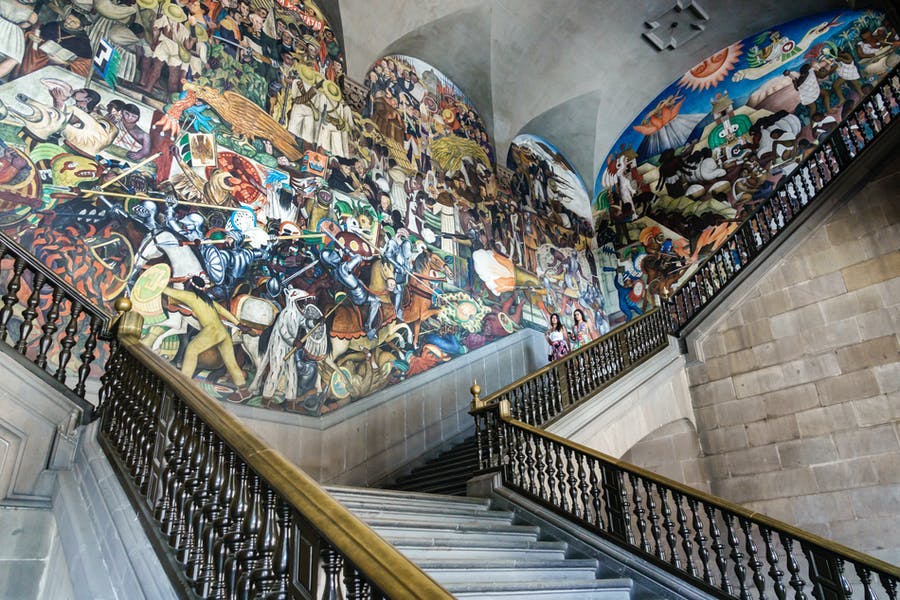
A great example of public art, the work at the National Palace was part of a public art program financed by the Mexican government in the post-revolutionary period, with the function of conveying social and political messages that promoted the new government and the end of the dictatorship. In addition to promoting the revolution, Rivera emphasized in his paintings the rich cultural heritage of Mexico and the greatness of the Mexican civilization before the Spanish conquest. Through his wall paintings he therefore sought to give light to the true Mexican culture.
3. It was love at first sight for Frida Kahlo
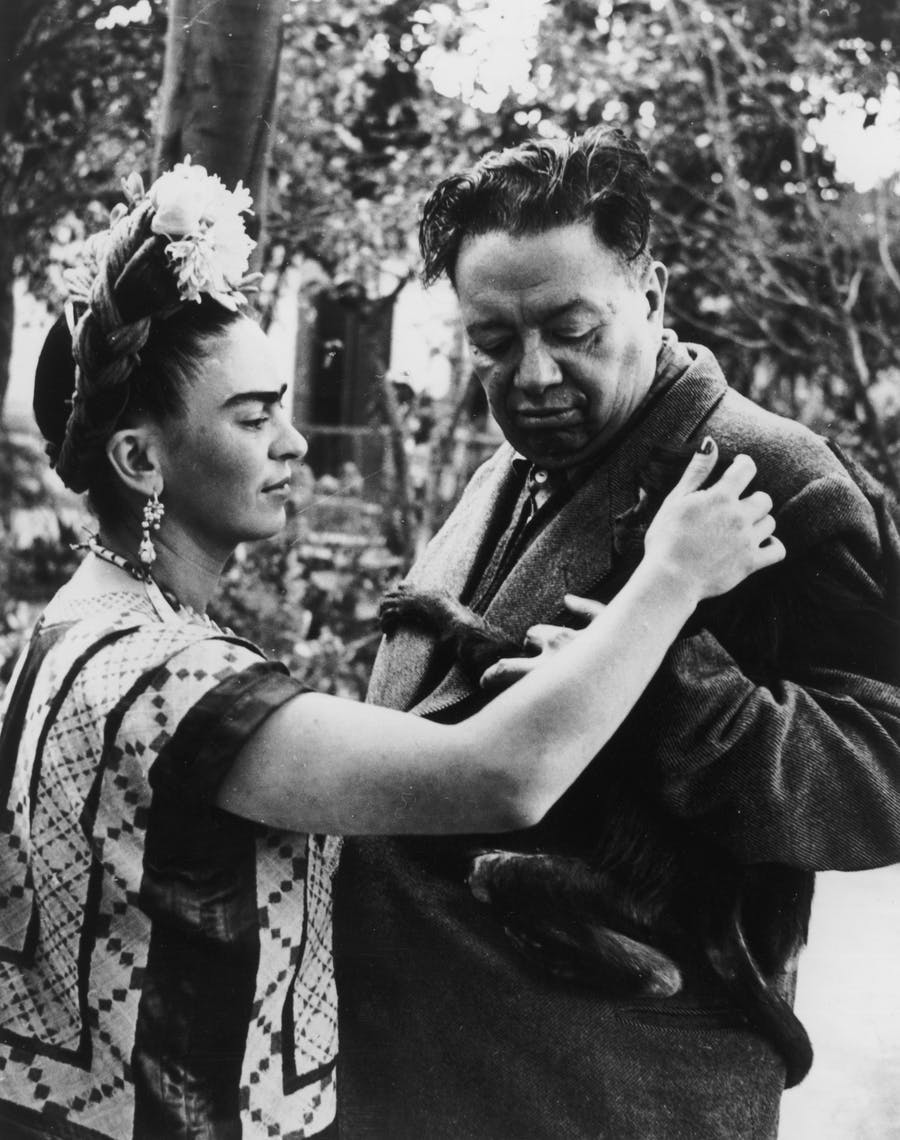
Kahlo and Rivera first met in 1922, when Rivera was painting a mural for the high school where Kahlo was studying. A source said that already at that moment, Kahlo confessed to a friend that one day she would be the mother of Diego's children. In 1929, the two married.
4. He betrayed his wife with her sister
Although they had passionate love for each other, Rivera and Kahlo's marriage was troubled and marked by numerous betrayals by both. The most painful for Kahlo was the one with her sister, Cristina, which led to the divorce between the husband and wife. Not even this double betrayal managed to stop their crazy love: the two remarried in San Francisco in 1940. For her part, Kahlo counts among her lovers some famous names, including Lev Trotsky, the revolutionary Russian politician, and photographer Tina Modotti.
Related: The Mystery of Frida Kahlo's Lost Masterpiece
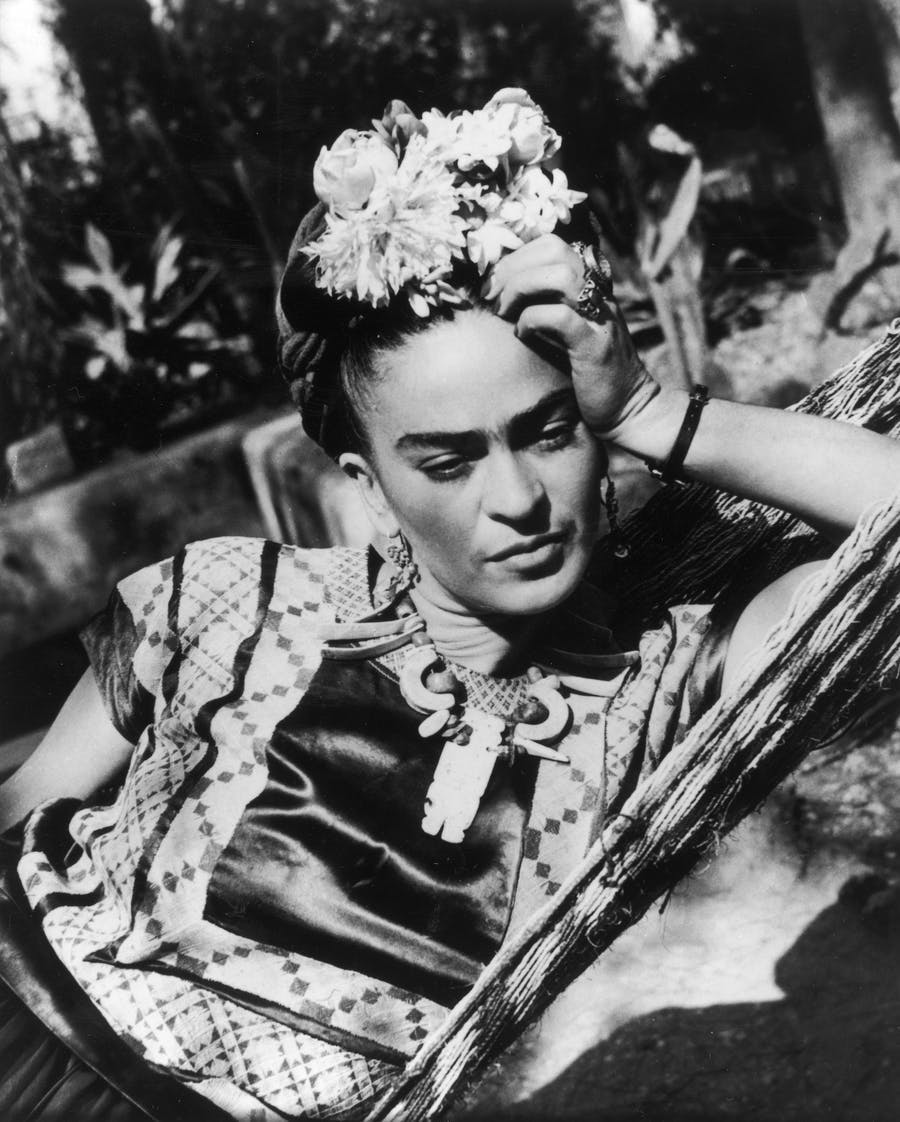
5. His mural at Rockefeller Center was very controversial
In 1930, Kahlo and Rivera left for San Francisco, where Rivera had been commissioned to do murals for the private Stock Exchange Luncheon Club and the University of California.
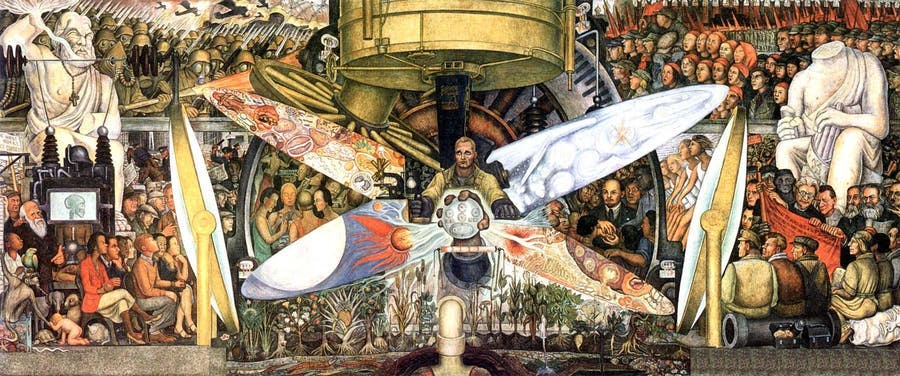
After making the Detroit Industry Murals for Ford Motor Company, Rivera was called upon by the Rockefeller family to paint the lobby of one of the most capitalist buildings in history, the RCA Building at Rockefeller Center on Fifth Avenue. Rivera then created the controversial mural El Hombre in cruce de caminos (The Man Controller of the Universe), which was supposed to show the contrasts between capitalism and communism. However, when Rivera included the portrait of Lenin in the mural, Nelson Rockefeller ordered him to remove it as the presence of the Soviet leader was offensive to his family.
Related: The 15 Most Expensive Female Artists
Rivera refused and the mural was destroyed just before the official inauguration. However, the two remained on good terms, so much so that Rockefeller later bought several works by Rivera. Rivera asked the photographer Lucienne Bloch to take some photos of the mural before the destruction and then recreated it at the Palacio de Bellas Artes in Mexico City.
6. He illustrated Pablo Neruda's collection of poems
The original edition of 'Canto General', the tenth poetry collection by Chilean poet Pablo Neruda published in 1950, included several illustrations by Rivera and David Alfaro Siqueiros. 'Canto General', in 15 sections with 231 poems and over 15,000 lines, ambitiously retold the history of Latin America.
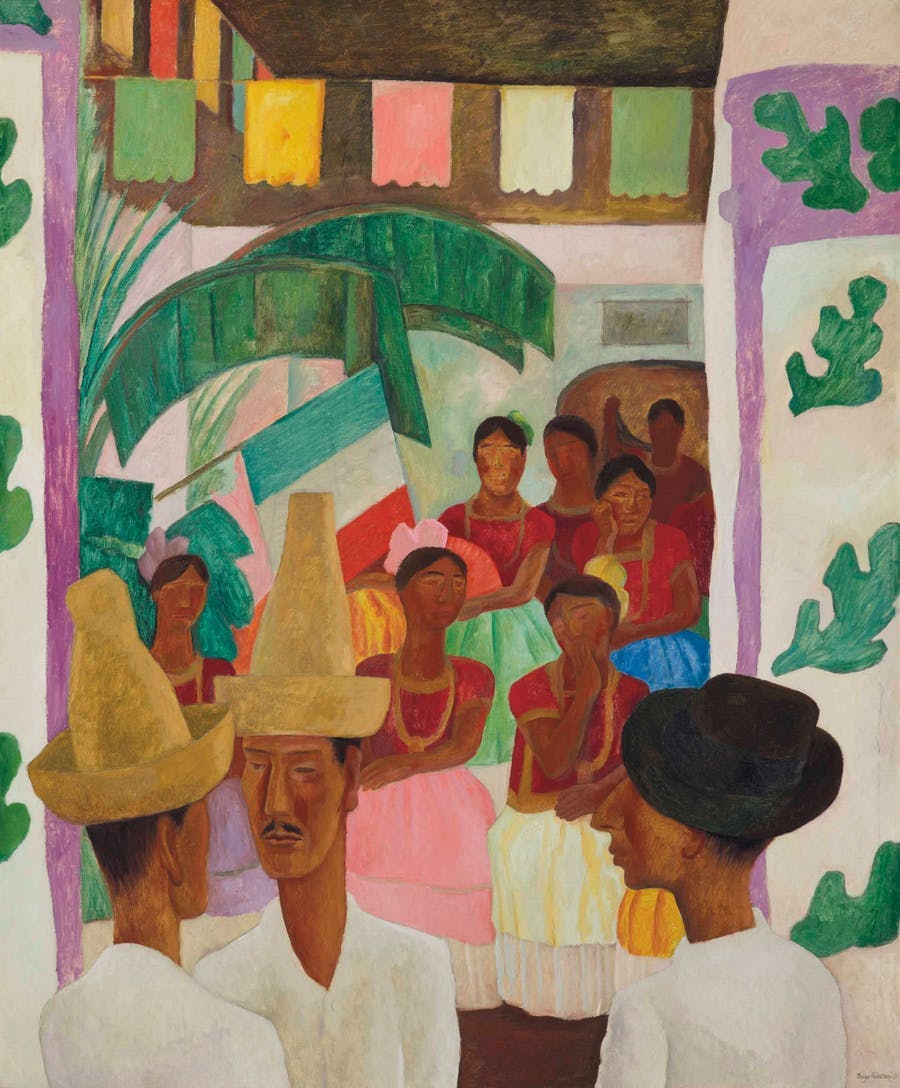
7. After Frida's death, he remarried for the fourth time
"I hope the exit is joyful and I hope to never come back," wrote Kahlo in her diary, just before dying of a pulmonary embolism in 1954 at the age of 47. A year later, Diego declared: “I understood that the best thing in my life was my love for Frida”. In 1955, he married Emma Hurtado, who had been his agent since 1946. Diego Rivera died in 1957, but spent the last years of his life promoting Kahlo's art.


